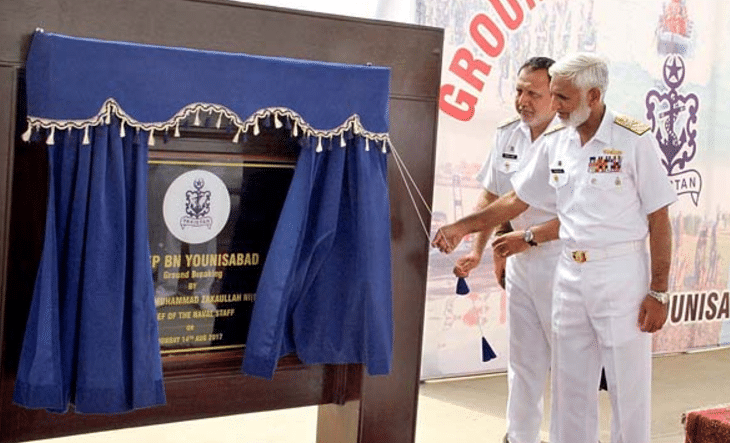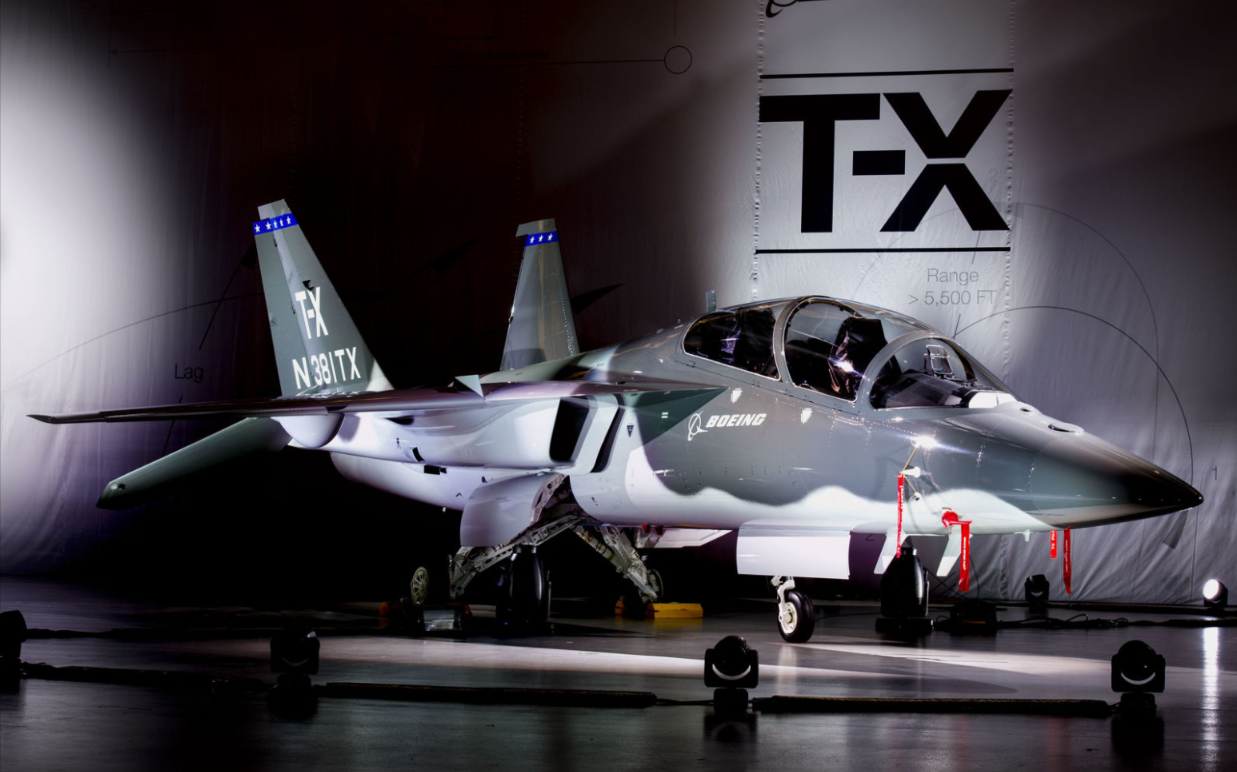2114Views 7Comments

Pakistan inaugurates construction of Maritime Counter Terrorism Centre
The Pakistan Navy has inaugurated the construction of a new Maritime Counter Terrorism Centre (MCTC) in Karachi on Wednesday, August 15.
According to a report by the state-owned Associated Press of Pakistan, the MCTC will provide training to “special operations forces (SOF) and special wings of [local and foreign] law enforcement agencies (LEA) in (sic) Maritime Counter Terrorism (MCT) domain.”
The MCTC will comprise of various training facilities including, among others: “Fire Shoot Houses, Sniper Ranges, Military Training in Urban Terrain, Close Quarter Combat Ranges and simulators.”
The Pakistan Navy has also raised the 2nd Force Protection Battalion in Karachi, which will be responsible for guarding harbour and offshore infrastructure, undertaking humanitarian assistance and disaster relief (HADR) operations, and countering amphibious operations.
Notes & Comments:
The Pakistan Navy’s MCTC mirrors the National Counter Terrorism Centre (NCTC), which was established by the Pakistan Army in 2014 to train armed forces and LEA personnel for combat as small teams and in built-up urban environments. As of September 2016, the NCTC had trained 231,000 personnel from the armed forces and nearly 3,500 officers, LEA and other Ministry of Interior personnel.
The NCTC has been a central aspect of the Pakistan Army’s adjustment to undertaking counterinsurgency (COIN) operations. In addition, the Pakistan Air Force (PAF) has opened a school at its Airpower Centre of Excellence (ACE) to impart COIN-relevant training, namely in intelligence, surveillance and reconnaissance (ISR) and ground-coordinated air-to-surface strikes. However, the MCTC will be tailored to addressing asymmetrical seaborne threats, from terrorism to potentially countering narcotics, smuggling, piracy and other criminal activity.
MCTC training regimens could cover maritime interdiction operations, such as flag verification of suspect vessels and VBSS (short for ‘visit, board, search and seizure’), which in turn can cover training in integrated close quarters battle (CQB) and search techniques. Besides field training, the MCTC can also look to build competency in mission planning, assessing risk and on-site medical training.
With an offshore patrol vessel (OPV) on order from Damen Shipyards, the Pakistan Navy intends to build its capacity for protecting Pakistan’s exclusive economic zone (EEZ) from asymmetrical threats. However, Pakistan’s Maritime Security Agency (MSA) is also undergoing a modernization phase. It has four 600-ton and two 1,500-ton maritime patrol vessels (MPV) on order. Seeing that the MCTC will also train LEAs, the MSA will likely see improvements to its own maritime interdiction capabilities (e.g. in VBSS).
The promise of increased trade – specifically through usage of Gwadar – from the China Pakistan Economic Corridor (CPEC) has seen (and will continue to see) Pakistan emphasize the importance of its EEZ and sea-lines-of-communication (SLOC)/sea lanes. In December, the Pakistan Navy established Task Force-88 (TF-88) to guard Gwadar and its SLOCs from conventional and non-conventional threats. TF-88 was activated in March and was equipped with frigates, fast attack craft, drones and patrol aircraft.
The raising of the 2nd Force Protection Battalion builds upon the anti-access and area denial (A2/AD) mandate of the Pakistan Navy Marines, which guard Pakistan’s coasts areas from amphibious and littoral sea threats. Currently, it is not known to what extent these units will be equipped for fulfilling their overarching goals, such as HADR and A2/AD. For example, these realms could drive acquisition of rotary aviation assets. The Navy is expecting three ex-Royal Navy Sea King helicopters (from a set of seven units).
In July, the Navy inaugurated a site for the Marines’ 21st Air Defence Battalion, which was activated in 2005 to provide very short-range air defence coverage.



7 Comments
by MT
Pakistan economy is barely 300 bill$ and its tax collection is struggling at around 10-11%.
So that comes around 30-34 bill$ as your over all real spending amount. Buying 8 submarines from china is already having impact on your naval budget for next decade or so.
No sub 300 bill$ economy can afford a destroyer. Pak navy is not in position to compete or even think of any parity with Indian navy in Indian ocean region as the budgets of two countries diverge.
Pak has already lost its sovereignty and will outsource the naval operations to china in the coming decade
by Rush
Mate you need to work on
1. Your English first so we can understand what exactly your point is. 2. Then you will need wake from this disillusion of yours
3. Then give us your valuable knowledge on economics etc.
My advise is just do point 1 and 2 and you will realise that point 3 is above your pay grade.
by jigsaw
Troll alert.
by Steve
I was not comparing Pakistan to India but since you started the conversation I will have to respond. We are buying 4 MILGEM frigates to be followed by 4 larger frigates/destroyers. I would not be as dismissive of Pakistan if I was you. India’s direct tax is also only around 15%. Pakistan does collect more indirect taxes like India. There are also exports and remittances. The same could be said if you compare China with India, so the argument is not intellectually sound. As far as Chinese influence in Pakistan, it is probably a case of grapes are sour, as CPEC is the flagship project of China’s OBOR global initiative. I’m keeping it toned down for the mods sensitivities.
by Amir Timur
In terms of our economy, it’s mainly structural problems that hold us back. Granted, load shedding and poor railways can be fixed to a great extent by the CPEC, but eventually we’ll need to take on other, more deeply ingrained problems in our economy’s structure. Problem is, we’re being ruled by a predatory, capitalist oligarchy that has refused to empower our general citizenry and pursue serious reform. They have no vision for our country, no ambition for our young. Whenever we find the military giving them some space, they reassert an unquestionable control over the bureaucracy and judiciary. These feudals and industrial barons have got us by our balls. What’s bewildering is that they’ll blame defence spending for all our miseries. Whatever India does, we need to focus inwards and address our own problems. Ensuring transparency & accountability, overhauling the education system, decentralising power from Islamabad to the provinces and making sure we don’t invest in any unproductive assets is key. With time, our defense budget will more than just suffice our requirements, R&D will actually show show results as innovations, incomes will rise and the no. of poor will go down. If we are to truly make CPEC a Marshall Plan of sorts, we have a lot to work towards. Otherwise, the status quo remains as it is. Pakistanis fend for themselves and live off religious stoicism.
by sami shahid
Great…. but Government should buy a few SEAL Delivery Vehicles (STV) for the SSG(N) for its special operations. Night vision goggles are also necessary for Marines for its special operations in Sea & on Coastal Areas.
by Steve
Well said. All our politicians are vultures and thieves. What are we to do? All they do is enrich themselves and their families and cronies. The army can’t do everything.